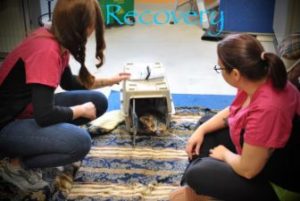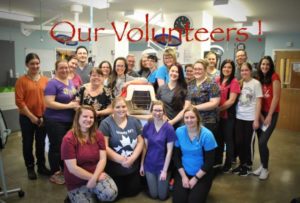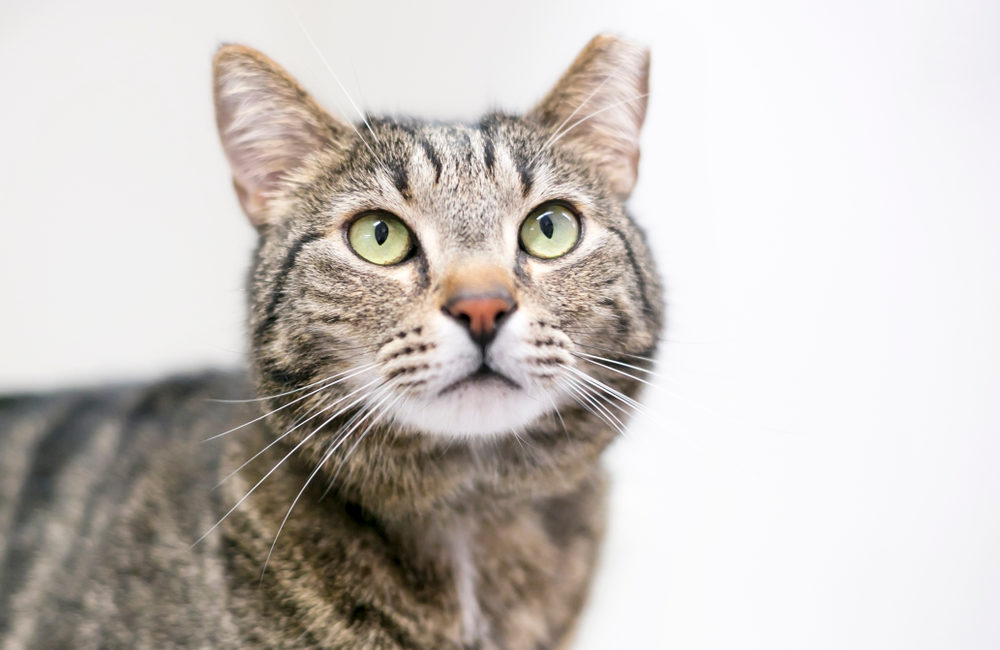Feral cat colonies originate from pet cats that owners have abandoned or have not neutered. They go on to reproduce very quickly in-turn producing offspring that are feral as they have little to no contact with humans. Since we as pet owners played a part in creating these colonies, we should take responsibility and care for these cats.
On average a cat will have at three litters a year with an average of four to five kittens a litter. Based on these statistics one cat can have up to a hundred offspring or more within 16 months.
Feral cats have never had any contact with humans or their contact with humans has lessened over time. They are generally fearful of people and survive on their own in the outdoors. They often live in colonies having kittens who grow up and have more kittens. Most feral cats are unlikely to enjoy living indoors. Also, it is possible they will never become a lap cat. Though, it is possible in some cases with lots of time and patience.
Trying to rehome feral cats is often unrealistic and causes them stress. Instead, it is more beneficial to prevent the cats from reproducing and give vaccinations to minimize disease. It is possible through Trap-Neuter-Release (TNR) programs.
TNR Programs can improve cat’ lives by:
- Eliminating stress associated with mating and pregnancy
- Reduces screaming, fighting, spraying and other behaviours associated with mating
- Neutering can result in weight gain which improves cat’ overall health
- Vaccinating will improve overall health as well by reducing the risk of transmitting certain feline diseases
TNR Programs also affect the communities the cats reside. It reduces any disturbing cat behaviours associated with mating, as well as stabilizing the colony size by stopping the reproduction. Many rescue groups and individuals concerned with the welfare of feral cats and those involved in TNR, work to educate the public as well.
We started the Sunrise Feral Cat TNR in October of 2013, and recently hosted our 10th event!
Below is an outline of one of our TNR days:
- Rescue Groups set up traps in areas with known colonies and collect 50 cats and bring them to the clinic.
- All cats are labelled, provided a number, surgical form, and then set up in the Pre Exam Waiting Area.
- Each cat is moved individually into the Exam Area and sedated before handling. It helps to minimize stress for the cat and reduce the risk of injury to the cat and staff. After, they are examined and vaccinated.

- Each sedated cat is moved to the treatment area where we organize into groups of males and females. In this area, the cats are given a topical treatment of dewormer/flea medication and have their right ear tipped.Ear Tipping: The tip of the right or left ear is trimmed off to easily ID an already neutered feral if it is trapped again at a later date.
- Females are prepped for surgery and moved into the surgical suite for their spay.

- Males are neutered in the treatment area and returned to their kennel.
- Once neutered, the cats are moved to the recovery area until they are awake enough to be transferred to the waiting area for pickup.

We have successfully trapped and neutered 453 cats which have improved the overall health of many colonies.
We would not be able to do this work without:
- The help of our staff volunteers
- Rescue groups and individuals with love and compassion for feral cats
- Our vendors who have sponsored each of our TNR events by donating supplies at no cost
- Colony caretakers who feed and care for these cats on a daily basis

Rescue groups such as Mollie’s Dream and individual cat lovers are doing fantastic work with cats in our communities. They can use your help with donations such as blankets, food, and cash contributions.
Written by: Michelle Kerfont, RVT




